The main classification method of butterfly valve (2)
According to the connection method, the butterfly valve can be devided into four or five types:
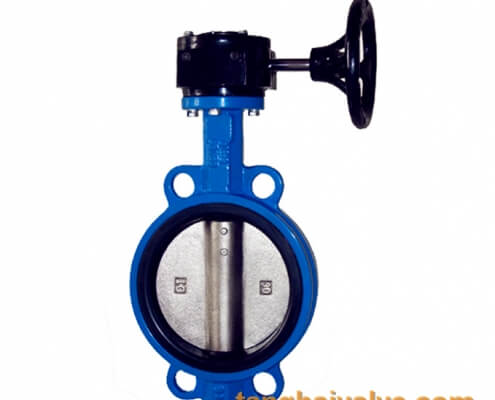
Wafer type butterfly valve with worm gear
The butterfly plate of the wafer butterfly valve is installed in the diameter direction of the pipeline. The valve is fully open.
Wafer type butterfly valve has simple structure, small volume and light weight. There are two types of butterfly valve: elastic seal and metal seal. Elastic sealing valve, the sealing ring can be embedded on the valve body or attached to the periphery of the butterfly plate.
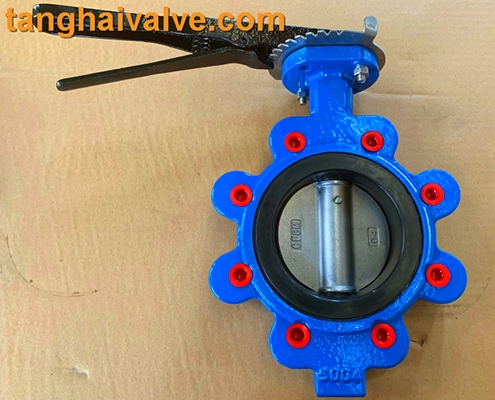
2 lug-type-butterfly-vlave-6
The butterfly plate of the lug butterfly valve is installed in the diameter direction of the pipeline. The butterfly plate rotates around the valve shaft, and the rotation angle is between 0°-90°. When it rotates to 90°, the valve is fully open.
3. Flanged butterfly valve
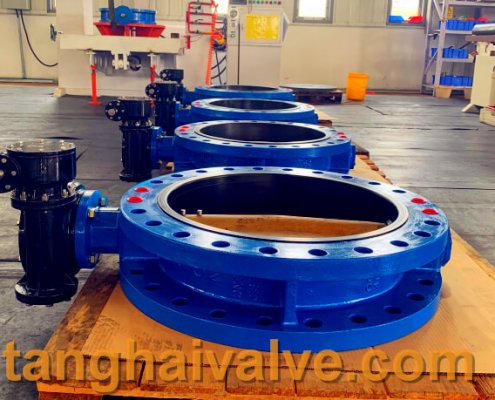
U-type flange butterfly valve, ductile iron, DI, center line,
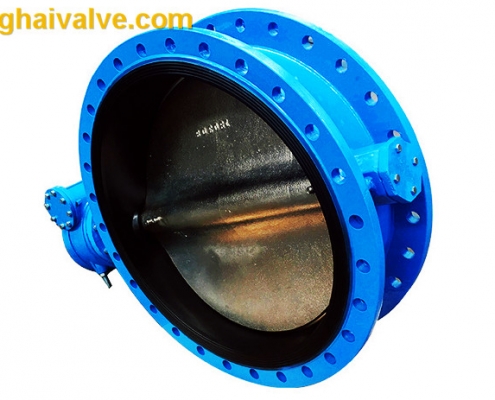
Double flange butterfly valve (4)
The flanged butterfly valve has a vertical plate structure, and the valve stem is an integral type. Metal hard seal, valve sealing ring
It is a composite structure of flexible graphite plate and stainless steel plate, which is installed on the valve body, and the sealing surface of the butterfly plate is welded with stainless steel. The sealing ring of the soft seal valve is made of nitrile rubber, EPDM or VITON, and is installed on the butterfly plate. The sealing seat of the centerline sealed flange butterfly valve is directly fusion bonded on the valve body.
Flanged butterfly valves are divided into U-shaped butterfly valves and double-flanged butterfly valves according to the length of the structure. The U-type butterfly valve has a relatively short face to face structure, which reduces the weight of the valve body and saves space for use.
4. Welded butterfly valve
Welded butterfly valve is a non-hermetic butterfly valve, widely used in the construction materials, metallurgy, mining, electric power and other production processes, the medium temperature ≤300 ℃, the nominal pressure is 0.1Mpa pipeline, used to communicate, open or close or adjust the medium volume.
The electric regulating butterfly valve belongs to a variety of electric valves and electric regulating valves. The main connection methods are: flange type and wafer type, which are important execution units in the field of industrial automation control. Two major analysis points for the installation points of the electric adjustment butterfly valve: the installation position, height, and inlet and outlet directions must meet the design requirements. Note that the direction of the medium flow should be consistent with the direction of the arrow marked on the valve body, and the connection should be firm and tight. Before installing the electric butterfly valve, a visual inspection must be carried out. The nameplate of the valve should comply with the provisions of the current national standard “General Valve Mark” GB12220. For valves with a working pressure greater than 1.0 MPa and acting as a shut-off on the main pipe, a strength and tight performance test should be carried out before installation. Use only after passing the test. During the strength test, the test pressure is 1.5 times the nominal pressure, the duration is not less than 5min, and the valve housing and packing should be leak-free. The electric adjustable butterfly valve can be divided into offset plate type, vertical plate type, inclined plate type and lever type according to the structural form; according to the sealing form, it can be divided into two types: soft seal type and hard seal type; soft seal type generally adopts rubber ring seal, hard seal type Usually a metal ring seal is used.
TH Valve is a professional manufacturer of butterfly valve, gate valve, check valve, globe valve, knife gate valve, ball valve with API, JIS, DIN standard, used in Oil, Gas, Marine industry, Water supply and drainage, fire fighting, shipbuilding, water treatment and other systems, with Nominal Diameter of DN50 to DN1200, NBR/EPDM/VITON, Certificates & Approvals: DNV-GL, Lloyds, DNV, BV, API, ABS, CCS. Standards: EN 593, API609, API6D
related news: What is a wafer type butterfly valve; The structure and application fields of the lug type butterfly valve

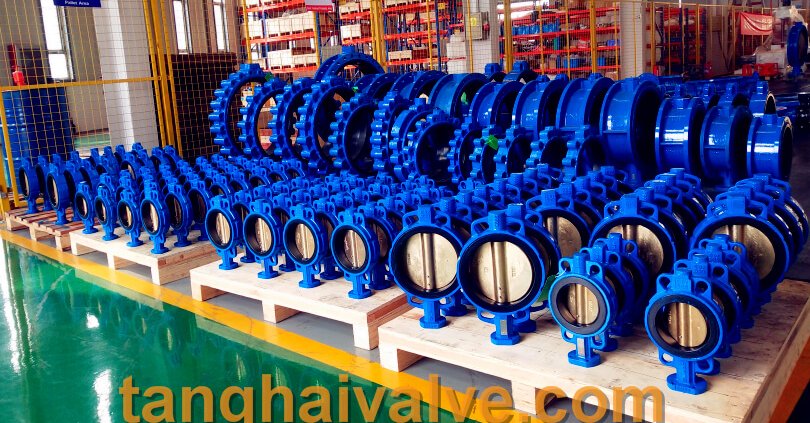 tanghaivalve.com
tanghaivalve.com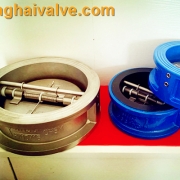 tanghaivalve.com
tanghaivalve.com

 © Copyright 2020 Tianjin Tanghaidongyang Valve Co., Ltd. All Rights Reserved.
© Copyright 2020 Tianjin Tanghaidongyang Valve Co., Ltd. All Rights Reserved.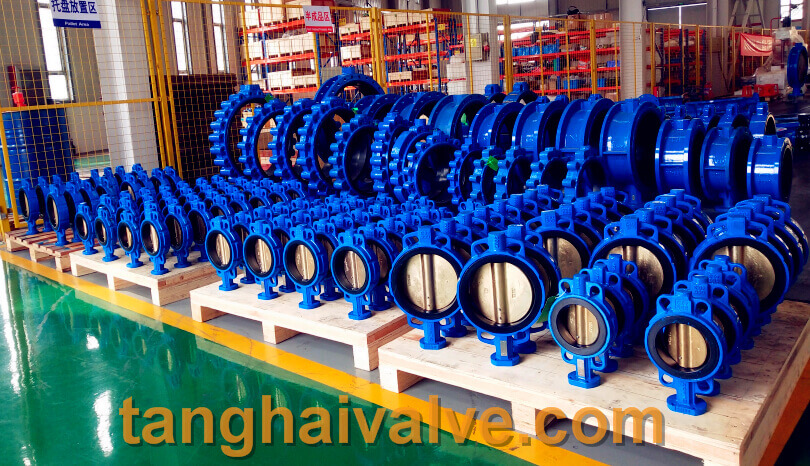 tanghaivalve.com
tanghaivalve.com